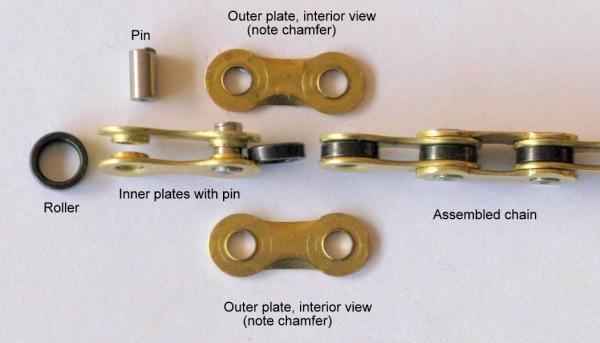Afternoon/Morning/Evening All,
I have recently built up a Tangent Drive 3220 motor and as expected I keep snapping chains
I am having issues with finding info about stronger chains but seem to keep coming up with the differing widths (1/8 3/32 etc) of chain and some say they are no stronger, just that they have wider pins but not thicker side plates.
Now I am happy to reduce the number of gears I have on the cassette to run bigger spacers between sprockets if that allows me to run a thicker and stronger chain but I am a little lost on where to find any info on suitable conversions and chains...hell I am happy to go for a internally geared hub with a single rear sprocket if a thicker chain can be run.
The riding is great fun whilst the bike (2006 Specialized Stumpjumper FSR Expert) is rolling along but I just snapped two chains 5 times out on the trail today and that is taking up precious riding time!
side note....Race Face Narrow wide 38t chainring still drops chains....3 times last ride. My 32t hope one did not...but then it hadnt had such a beating to be fair.
I have recently built up a Tangent Drive 3220 motor and as expected I keep snapping chains
I am having issues with finding info about stronger chains but seem to keep coming up with the differing widths (1/8 3/32 etc) of chain and some say they are no stronger, just that they have wider pins but not thicker side plates.
Now I am happy to reduce the number of gears I have on the cassette to run bigger spacers between sprockets if that allows me to run a thicker and stronger chain but I am a little lost on where to find any info on suitable conversions and chains...hell I am happy to go for a internally geared hub with a single rear sprocket if a thicker chain can be run.
The riding is great fun whilst the bike (2006 Specialized Stumpjumper FSR Expert) is rolling along but I just snapped two chains 5 times out on the trail today and that is taking up precious riding time!
side note....Race Face Narrow wide 38t chainring still drops chains....3 times last ride. My 32t hope one did not...but then it hadnt had such a beating to be fair.


